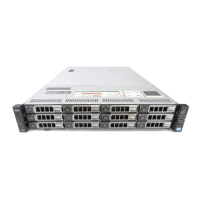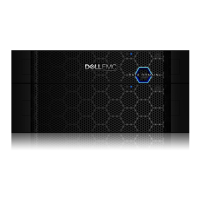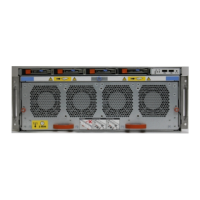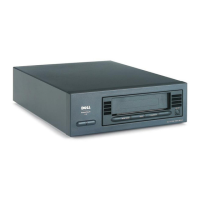16 DR4100 Best Practice Guide | April 2014
6 Networking
The DR appliance provides many networking capabilities, designed to further improve the ingest and recovery speeds in
any environment. One such feature is secure separation, allowing network optimization by preventing unnecessary traffic
on the production network via routing the backup, management, and replication traffic to separate network interfaces.
The DR appliance also supports a multiple network interface cards, including 10GbE, providing features such as
adaptive load balancing and dynamic link aggregation. The following sections define the various options and
configurations associated with the DR4100, including steps to optimize the appliance to a given environment. As always,
the information provided below are guidelines and best practices that are meant to be supplemental to the information
provided in the DR administration guide.
6.1 Supported Network Cards
The DR4100 supports various network card configurations. Table 1 outlines the different combinations of network cards
with which it is possible to configure the DR appliance. Both the 1GB and 10GB BASE-T network cards support auto-
negotiation which is enabled by default. The Broadcom 10GB SPF interface has the ability to auto-negotiate when using
the R8H2F transceiver.
When using the Broadcom 10GB SPF network interface card, ensure that the 10GB SR SPF+ Transceiver (R8H2F) is
used. Failure to use the proper transceiver will result in errors on the DR100’s login screen.
Table 1 Supported network card configurations

